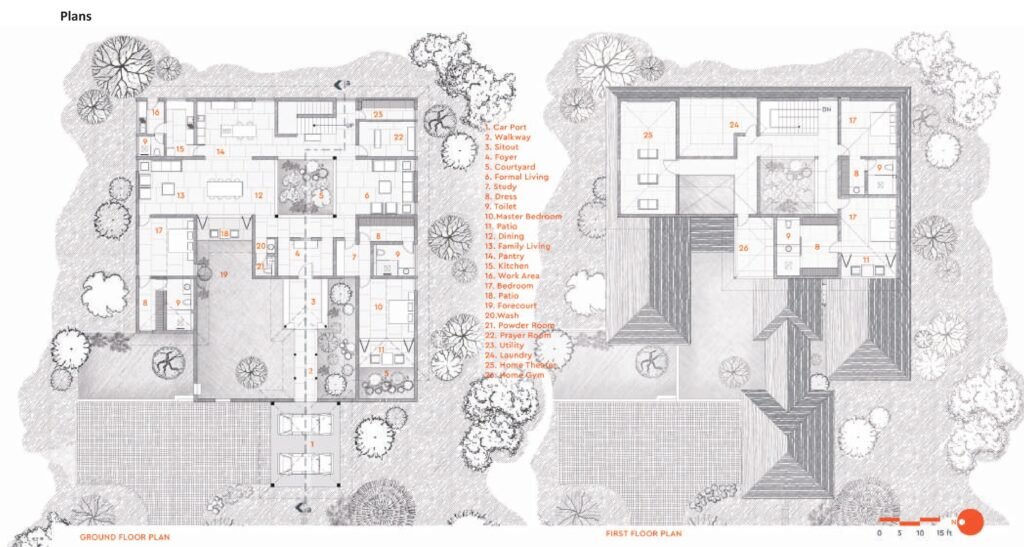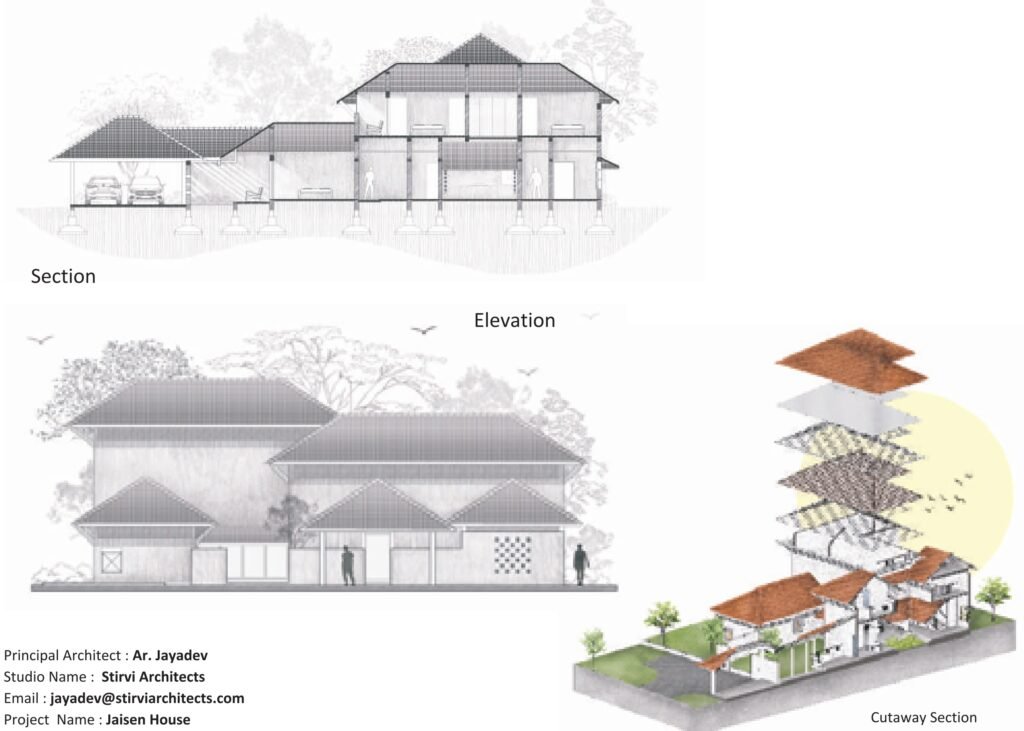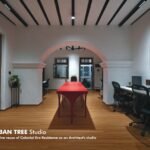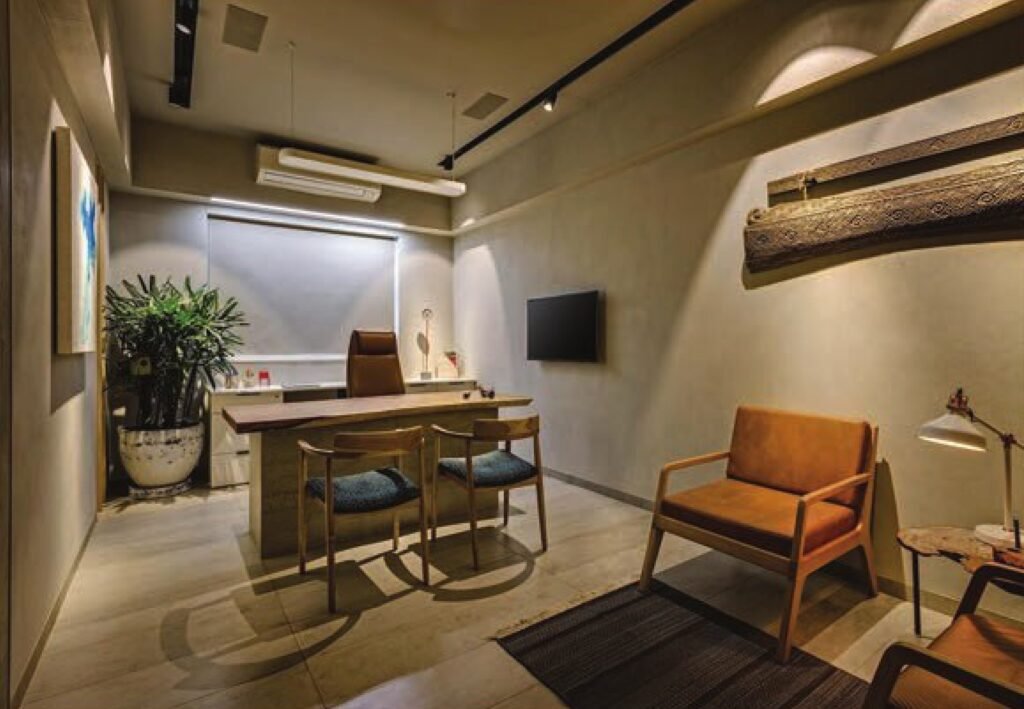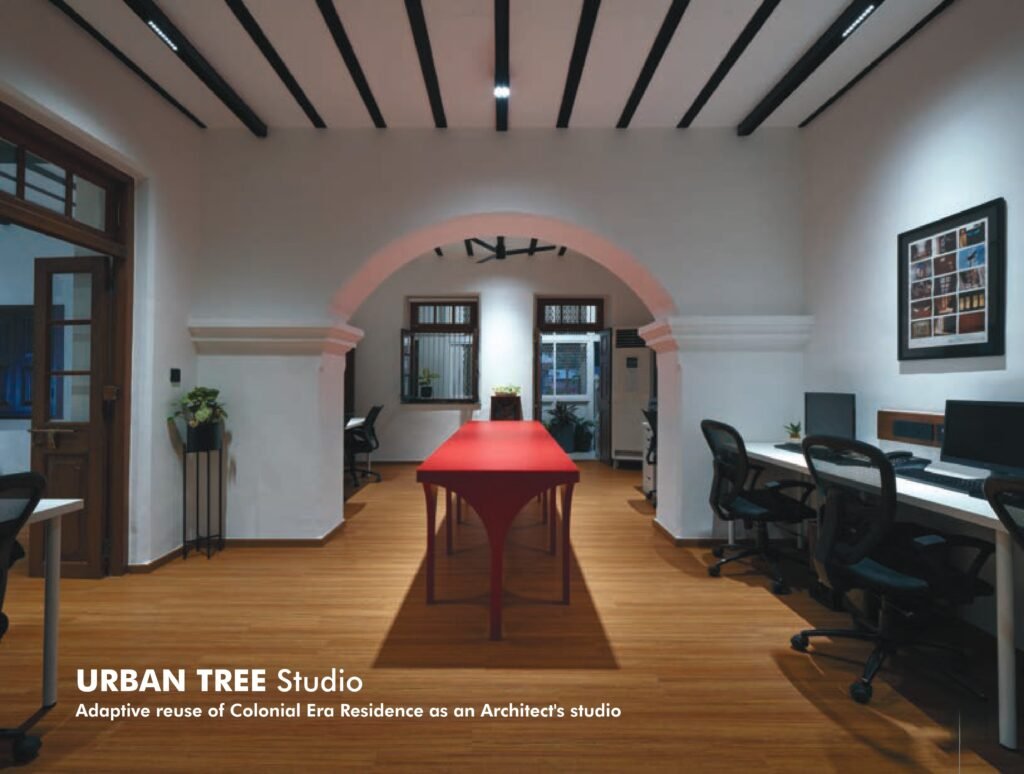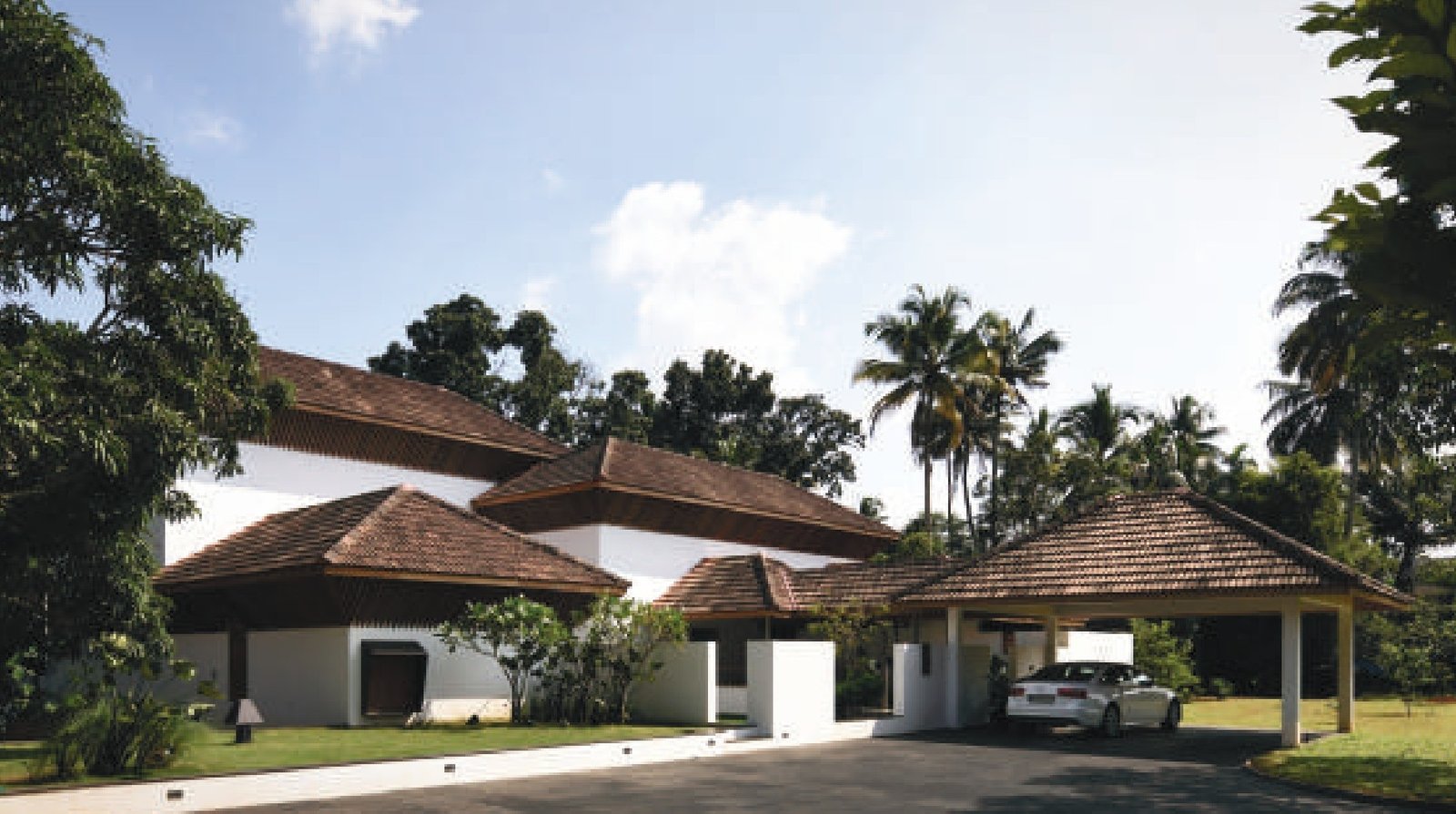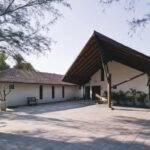Legendary Architect Le Corbusier defined architecture as a magnificent play of light & shadow. This clearly reflects in the beautifully designed and crafted Jaisen House in God’s own country. The Architect summons exemplary architecture and intuitive ideas in creating this sensible, witty, engaging and purposeful abode for his client.
The Jaisen House is an interpretation of the traditional courtyard houses of Kerala with its ubiquitous sloped roof form and associated character in an attempt to adhere to the context and represent it within the contemporary architectural language reflective of the times that we live in. It is a conscious study and understanding of the time tested response to the climate and cultural demands that resulted in such houses, attempting to appropriate it to the present context without losing the essential experiential qualities that they stood for.
The most important idea was to create an atmosphere due to the process and straight forward responses towards function and climate.
The play and control of natural light imbibe the atmospheric quality to the spaces making it more experiential than visual.
- The Jaisen House is an interpretation of the traditional courtyard houses of Kerala with its ubiquitous sloped roof form and associated character.
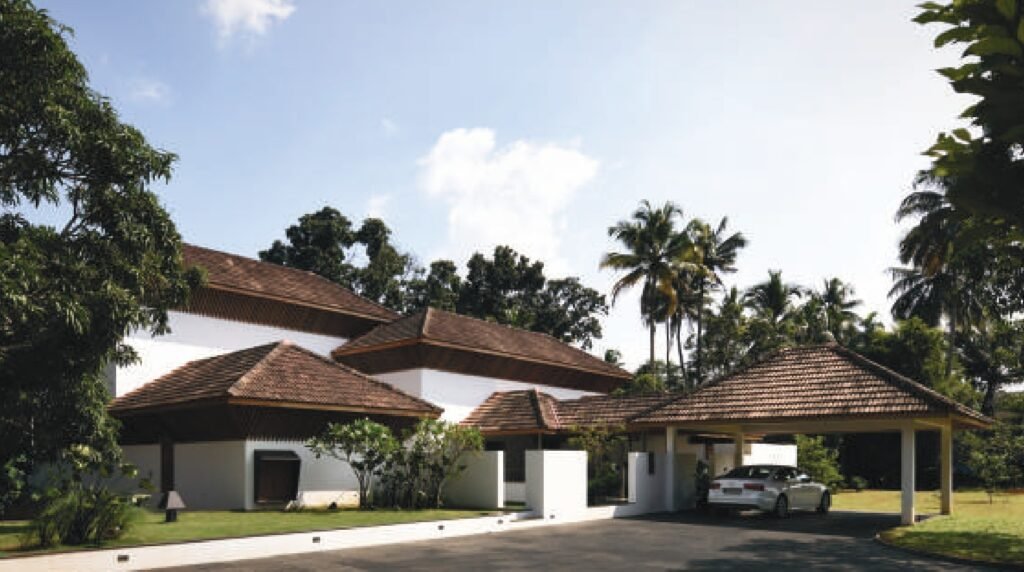

- The walkway leading from the carport to the sit-out flanked with the green grass forecourt on the left and leafy shrubbery on the right. The sit-out is known as the poomukham in local language.
There are spaces that are aglow in morning light only to be subdued during other times of the day or spaces that have a very sharp lighting characteristics due to the intelligent control in apertures. Or may be the dining room which has a suffusion of diffused light due to the patio opening into the garden with a low sloped roof with deep overhangs. This allowed the Architect to prevent the western sun from barging into the structure, yet provide the space with just enough light to support the activity, while an important in-between space was created to sit, read and enjoy the gardens stretching in front of the house.
The small apertures defend the interiors against light which equates to heat in our tropical climate. There are no blurring of boundaries between the exterior and interior, the interior is interior and the exterior is that. The interior is a sanctuary that one wants to retire into, from the harsh light/glare and burning sun or the torrential rain that we are faced with, at the same time ensuring that the interior is connected to these elements through devices like the courtyard, where one can enjoy the rain or the morning sun.
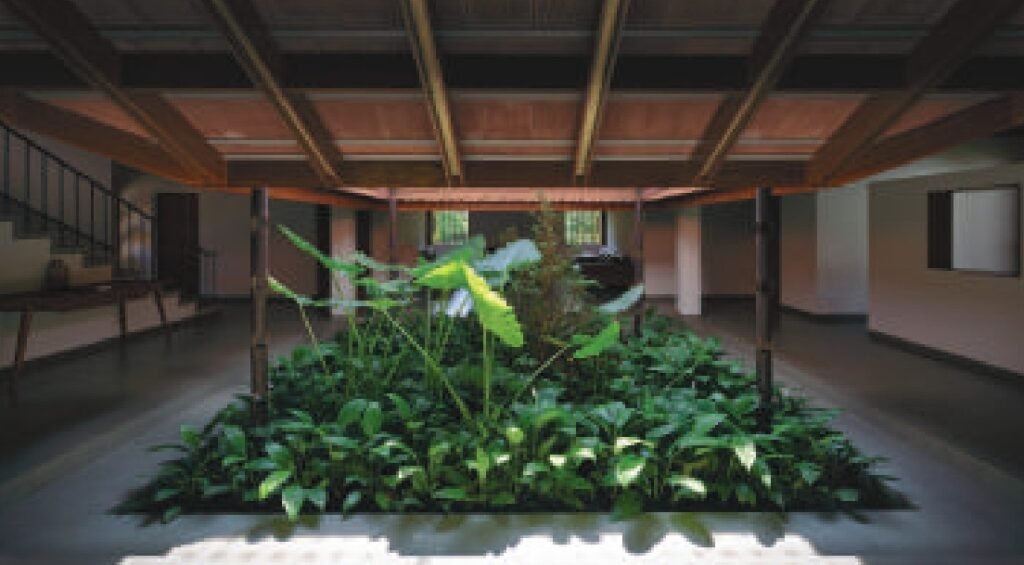
- The central courtyard keeps the interiors connected to natural elements, where the inhabitants can enjoy the rain or the morning sun. It brings in natural light & air into the house.

- The patio of the dining room opens into the garden with a low sloped roof with deep overhangs. This allows a suffusion of diffused natural light into the dining area.
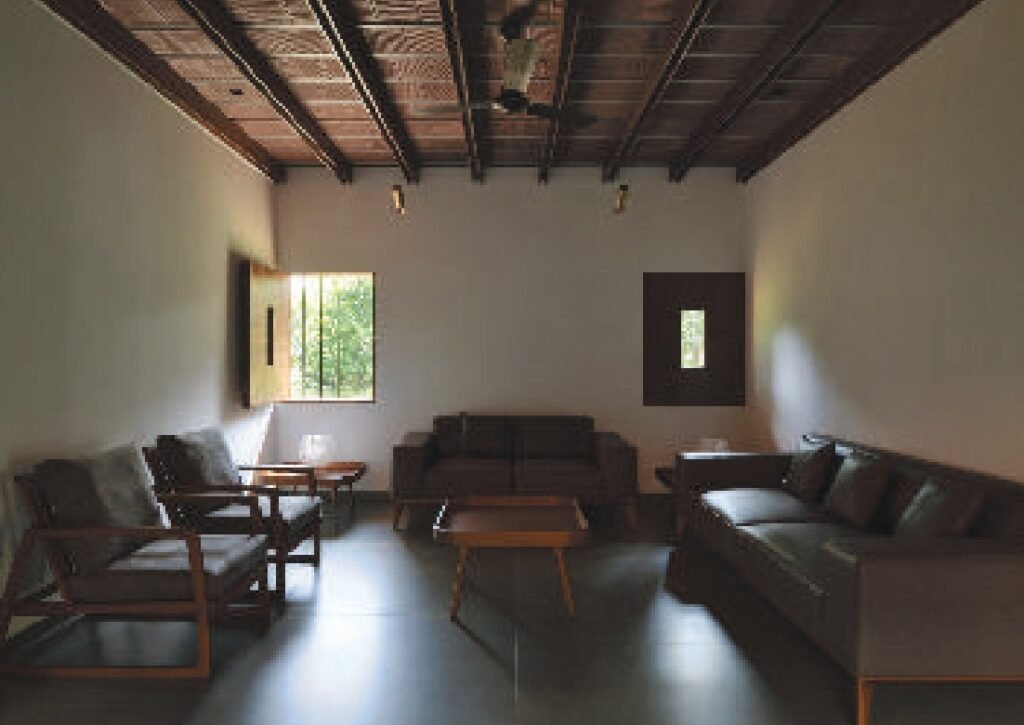
- The living room opens out to the central courtyard. The apertures in the window shutters allows the users to control the natural light coming in as per their need or the time of the day.
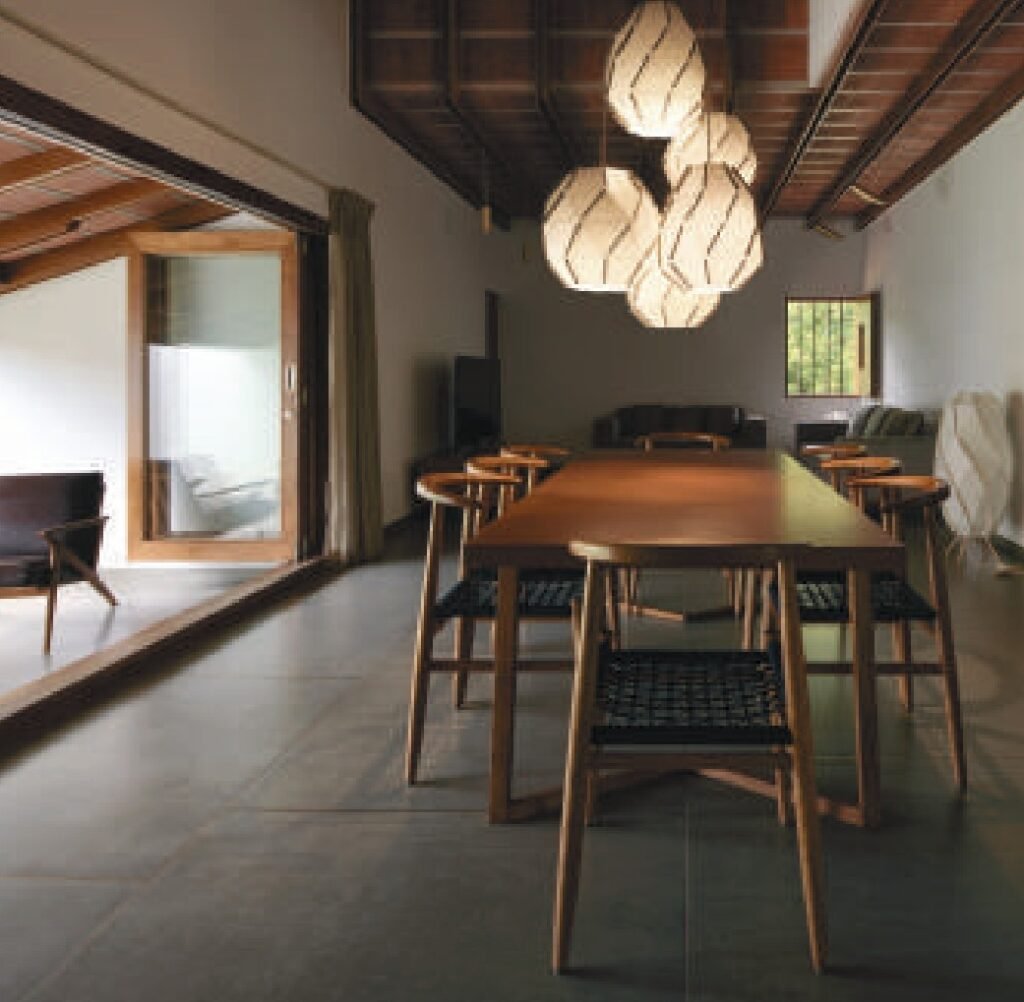
- The dining room with a patio. The informal living area can be seen behind.
The design is also a testament to the familiarity and memories that both the client with his requirements and the architect with his ideas can relate and empathize with, relative to the ways of living that this region is known for.
The designs sets of around a courtyard, where the daily life with all its joy and mundane unfold. One enters into the house through a walkway into a poomukham which is a slow transition. and then abruptly opens up into the interior facing the courtyard. Each of the rooms are set at locations depending on their time of use and the amount of light needed to energize and illuminate the space. Absolute control over light defines the spaces be it the master bedroom with a courtyard, the dining with the patio, the living rooms opening into the central courtyard, the Kitchen opening into the eastern sun in the morning only to settle down into a diffused light and calm, the ground floor bedroom with the bed set right in between darkness and light metaphorically representing sleep or the first floor bedrooms with verandahs shielded from the western sun with wooden louvers.
The house is devoid of any decor, with light being the prime ornament rendered across various spaces depending on their program and how else they might be used. It is a challenge in the present times to stick to a humble material pallet, true and honest to the context especially when it comes to interiors with an over dose of decor standing out more than the architecture or the life activities themselves or for whom the house is meant to be. The Architect has strictly adhered to a natural terracotta roof -the form, colour and texture of which shapes the interiors’ grey floors and white walls.Decor is mostly functional details like the down pipe in the courtyards with a playful take on how the rainwater comes down and making it sound the way he wanted it to be or the teak wood eave boards that has already started taking the marks of rain. drops becoming a representative witness to the passing time and seasons. Graceful aging of materials contribute to the timelessness of architecture.Decor is mostly functional details like the down pipe in the courtyards with a playful take on how the rainwater comes down and making it sound the way he wanted it to be or the teak wood eave boards that has already started taking the marks of rain. drops becoming a representative witness to the passing time and seasons. Graceful aging of materials contribute to the timelessness of architecture.
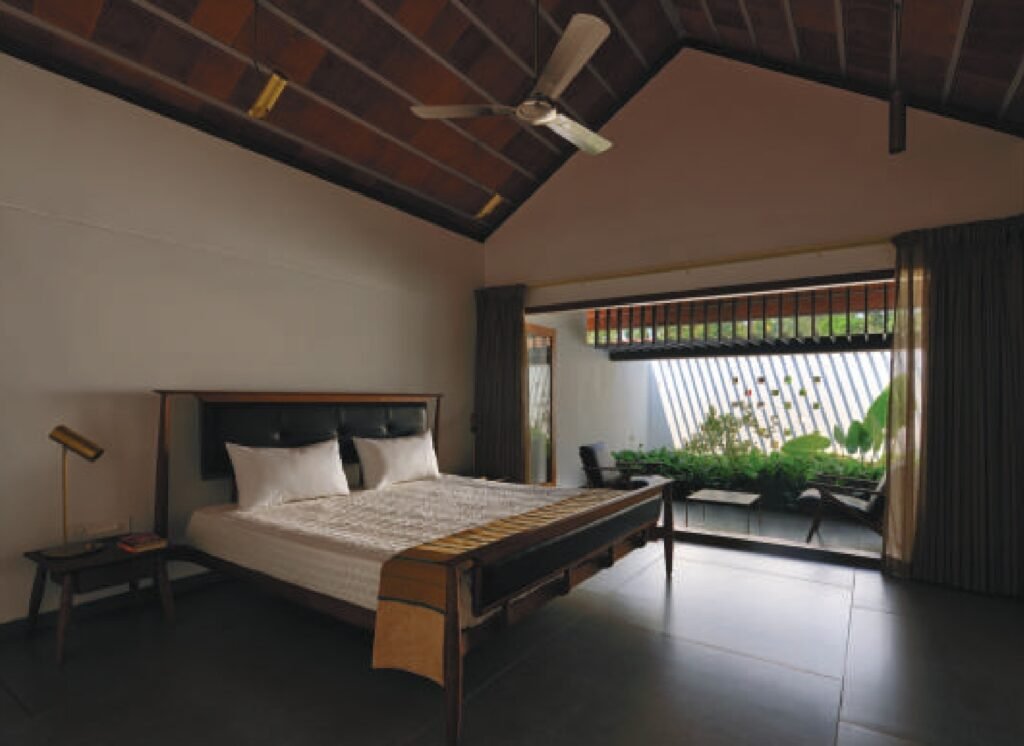
- The en-suite
- master bedroom with its patio and courtyard.

- The staircase leading to the upper floor. The window with cleverly designed apertures to control the natural light permeating in..
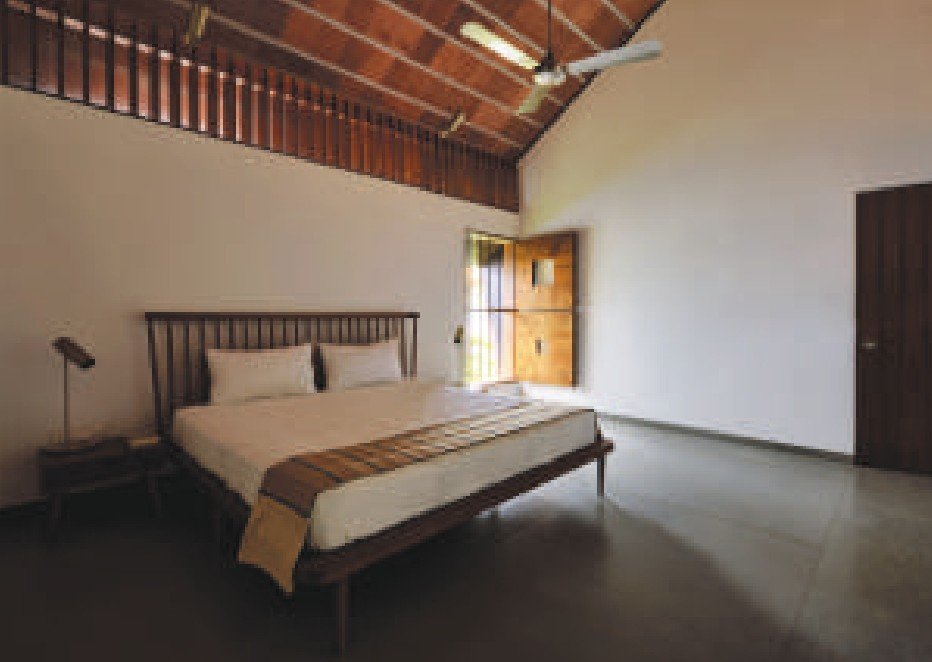
- The bedroom on the ground floor.
